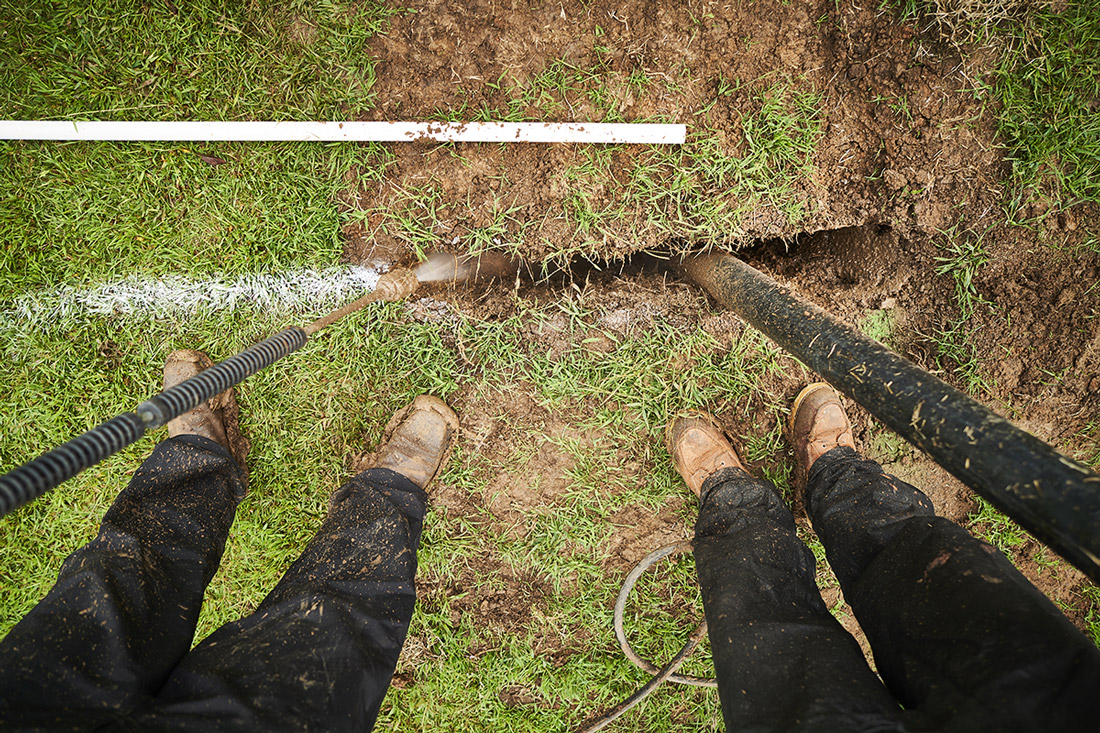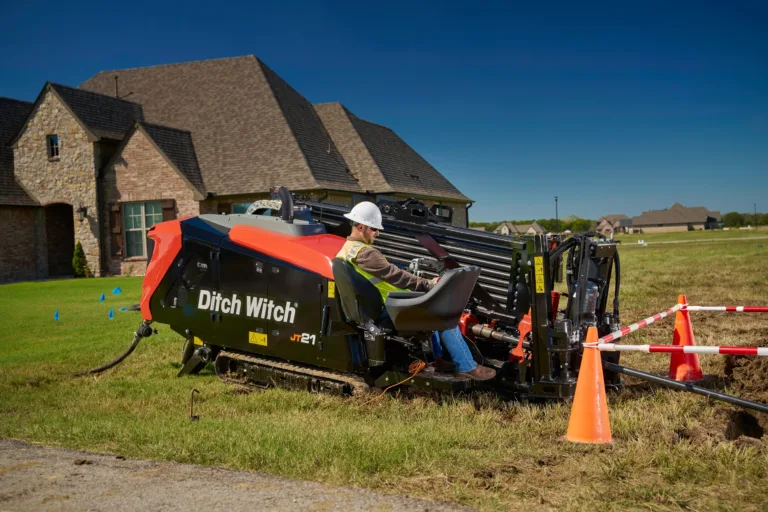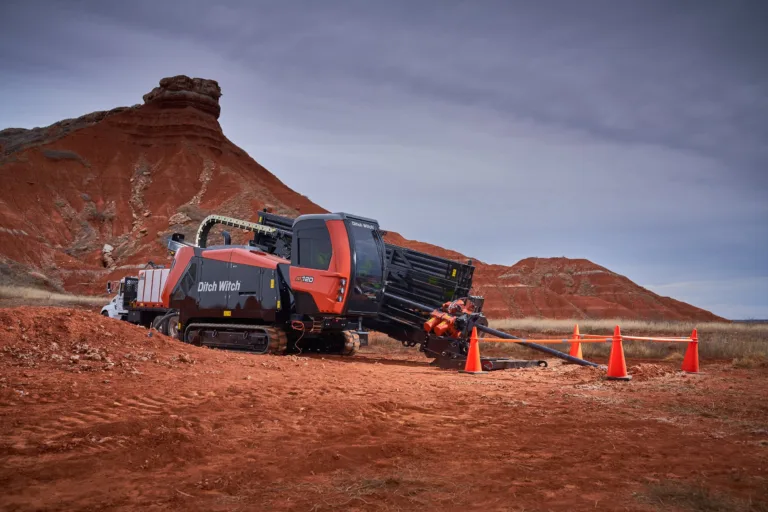The Trenching Tag-Team: Supplementing Traditional Irrigation Installation Strategies with Vacuum Excavation
By Chapman Hancock, product marketing manager – vacuum excavation
Trenchers work. It’s why they’ve been the primary open-cut utility and irrigation installation asset since Ed Malzhan invented the DWP Service Line trencher back in 1949. But even the most agile trenchers don’t have the flexibility of a soft-excavation tactic like vacuum excavation. And flexibility is just getting more important as today’s jobsites are including a growing number of existing utilities, landscaping and hardscaping obstacles.
With its easily maneuverable wand and option for hydro and air-excavation, vacs are less invasive, more versatile and can supplement trenchers on sensitive and space-restricted jobsites.
One of the most common uses of vacs in irrigation installation is to mitigate utility strikes. For example, imagine you’re using a trencher to install an irrigation line to a home and you come across a gas line directly in your path Gas lines – or any existing utility – need to be exposed before trenching past it to ensure its not struck.
Many contractors turn to hand-excavation in these situations, but the majority of utility strikes actually happen with a shovel, not a machine. A vac can safely daylight that utility and reduce the chance of a strike.
Vacs are also increasingly being used to create a trench themselves. Sensitive areas like an existing garden are a perfect example. Trenching through a garden would cause damage, but a vac can precisely excavate around the flowers or plants and keep the irrigation installation job moving.
Working next to a house or fence is another example. Vac wands allow operators the flexibility to work up close to potential hazards – whether it’s existing landscaping or the south wall of a house.
Underground construction is a big town, its big enough for both trenchers and vacs. While trenching is certainly the best option for long, straight open-cuts, the smartest contractors will know where their trencher can’t go and when to tag in a vac. Listen to the Green Industry Pros Grass Roots Podcast to hear more about using vacuum excavation in irrigation installation.






